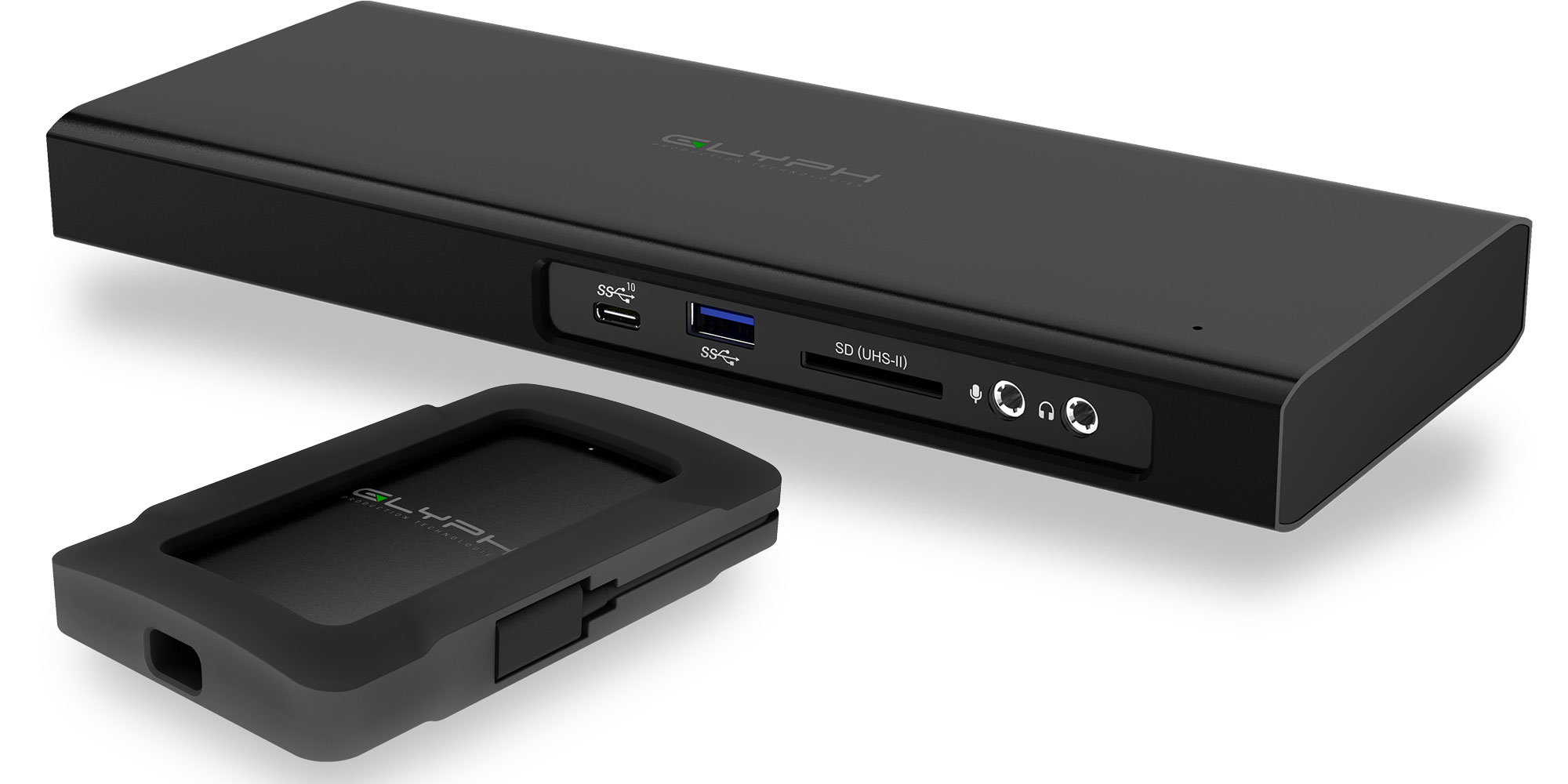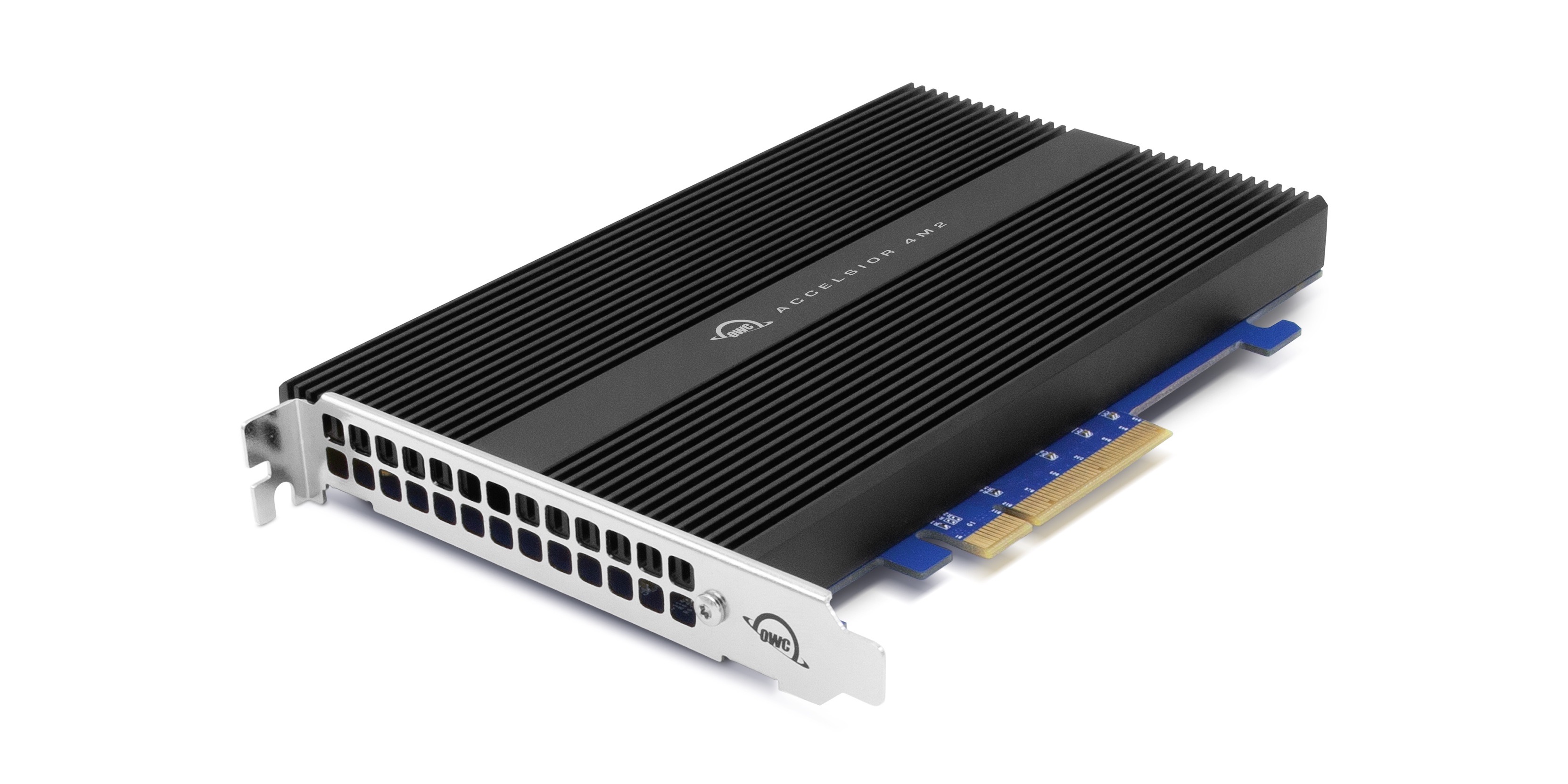

Version 1.0 of the NVMe specification appeared in March 2011. The first specifications of the NVMe standard emerged during the Intel Developer Forum 2007 event, when NVMHCI was shown as a protocol. Then, in the following year, in 2008, the first NVMHCI 1.0 specification was completed. After this stage, in 2009, technical work on NVMe started, which was developed by NVM Express Workgroup (group of more than 90 companies), with Amber Huffman, from Intel, leading as president. NVM Express technology is present in standard sized PCI Express expansion cards (such as a sound or video card, for example), 2.5-inch SSDs, which use the SATA bus, and M.2-shaped SSDs that support NVMe.

Note: the old interface protocols were developed for HDDs, where there is a huge lag compared to SSDs, causing a very long delay in the processing of the CPU, more specifically between the request and the data transfer. The result of this is the considerable decrease in I / O overhead, bringing several performance improvements compared to the logic device interfaces used previously, implementing several long command lines and low latency.
BEST NVME SSD 2018 MAC PRO SOFTWARE
NVM Express allows hardware and software to fully exploit the massive parallel access of SSDs. Its acronym, NVM, means non-volatile memory, which in this case is NAND flash memory used in various formats such as Solid State Drives (SSDs), PCIe expansion cards (add-in cards), M.2, among others. The NVM Express or Non-Volatile Memory Host Controller Interface Specification (NVMHCIS), better known as NVMe, is an open logic device interface specification for accessing non-volatile storage media connected via the PCI Express (PCIe) bus.


 0 kommentar(er)
0 kommentar(er)
